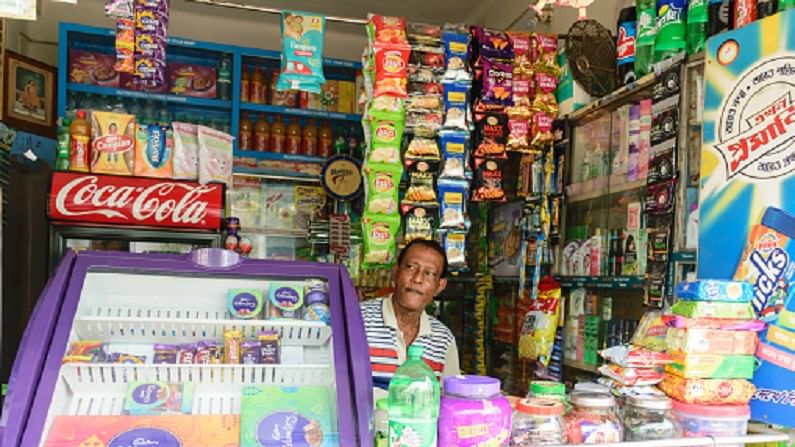Rural market thriving again for FMCG firms
Consumption of daily groceries, essential supplies in villages in July exceed that in cities, reversing the trend seen in the previous month.

After enduring the damages of the second wave of Covid-19, the FMCG sector is recovering and on its way to promising growth levels. In July, the rural sector overtook the urban market in terms of consumption of daily groceries and essential supplies, reversing the trend of the previous month. In June, the growth in cities had exceeded that in villages for the first time in almost two years.
With the Covid-19 situation improving and restrictions getting eased, the growth in the rural sector is expected to bounce back and be at par with the urban sector in the times to come. The good monsoon this year is also expected to aid growth in the rural market.
The surge in consumption in rural India
As per retail intelligence platform Bizom, sales in villages grew by 24% in July, while in cities it saw a growth of 14%. Bizom tracks the sales of around 7.5 million retail outlets across India.
Rural areas have recorded fast growth last year and this can be attributed to higher agricultural income, reverse exodus of migrant workers, and nominal retail disruption during the nationwide lockdown of 2020.
The villages, however, saw a high number of positive cases during the second wave, which led to its growth tumbling to 33% against the growth in cities which stood at 64% in June from May.
Rural market shows resilience
The consumer goods market in its entirety saw a decline in demand bearing the brunt of the second wave in May, but it bounced back in June and July. Rural markets exhibited higher resilience and people in villages took the benefit of various government schemes. Powered by direct transfer of money, free supply of food grains, and the expenditure on rural jobs guarantee schemes, the rural demand was durable and more or less consistent.
Another reason for the boost in rural demand could be the prices of staples and commodities being slashed. Prices of these items were hiked in May which led to a fall in demand but sales picked up after the prices were reduced.
Download Money9 App for the latest updates on Personal Finance.
Related
- अमेरिकी टैरिफ से भारत में महंगाई बढ़ने, रोजगार जाने का रिस्क नहीं: अर्थशास्त्री
- RBI: खपत में आ रही तेजी, आंकडे दे रहे गवाही जल्द हाई ग्रोथ ट्रैक पर लौटेगी अर्थव्यवस्था
- मुंबई में पेट्रोल-डीजल वाहनों पर बैन को लेकर हो रहा विचार, सरकार ने स्टडी करने के लिए बनाई कमेटी
- SBI ने घटाया GDP ग्रोथ रेट का अनुमान, FY-25 में 6.3% से इकोनॉमी के बढ़ने की उम्मीद
- देश की आर्थिक गति बरकरार, 6.5 से 7 फीसदी ग्रोथ हासिल करने की उम्मीद
- भाविश अग्रवाल ने बताई ओला के मुनाफे की रूपरेखा, इलेक्ट्रिक कार पर नहीं है फोकस

